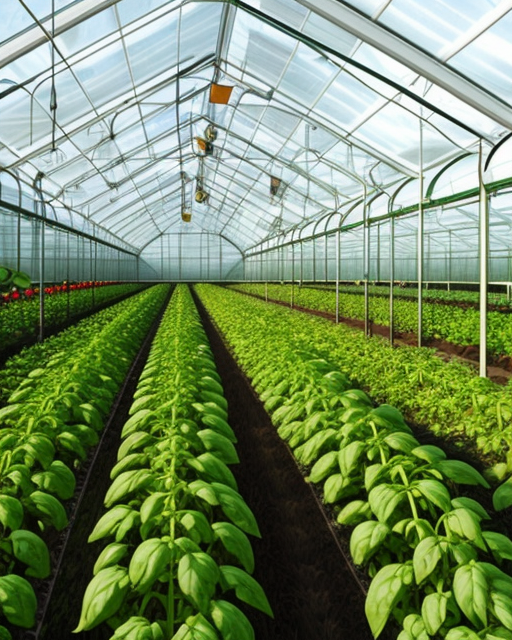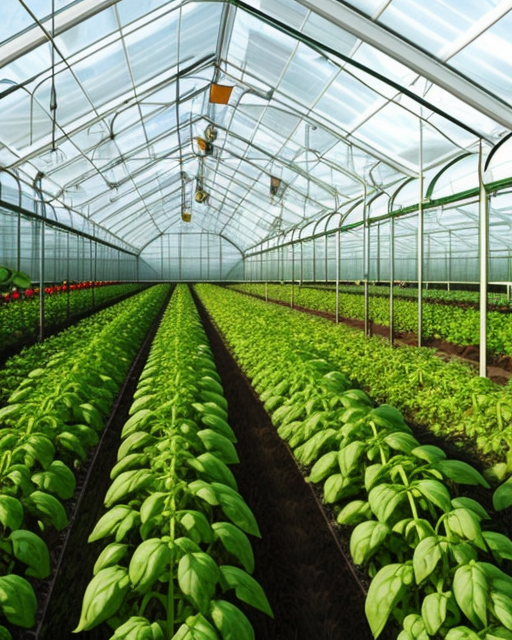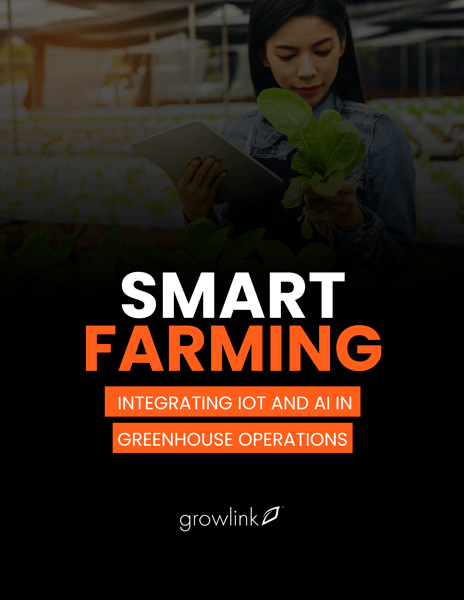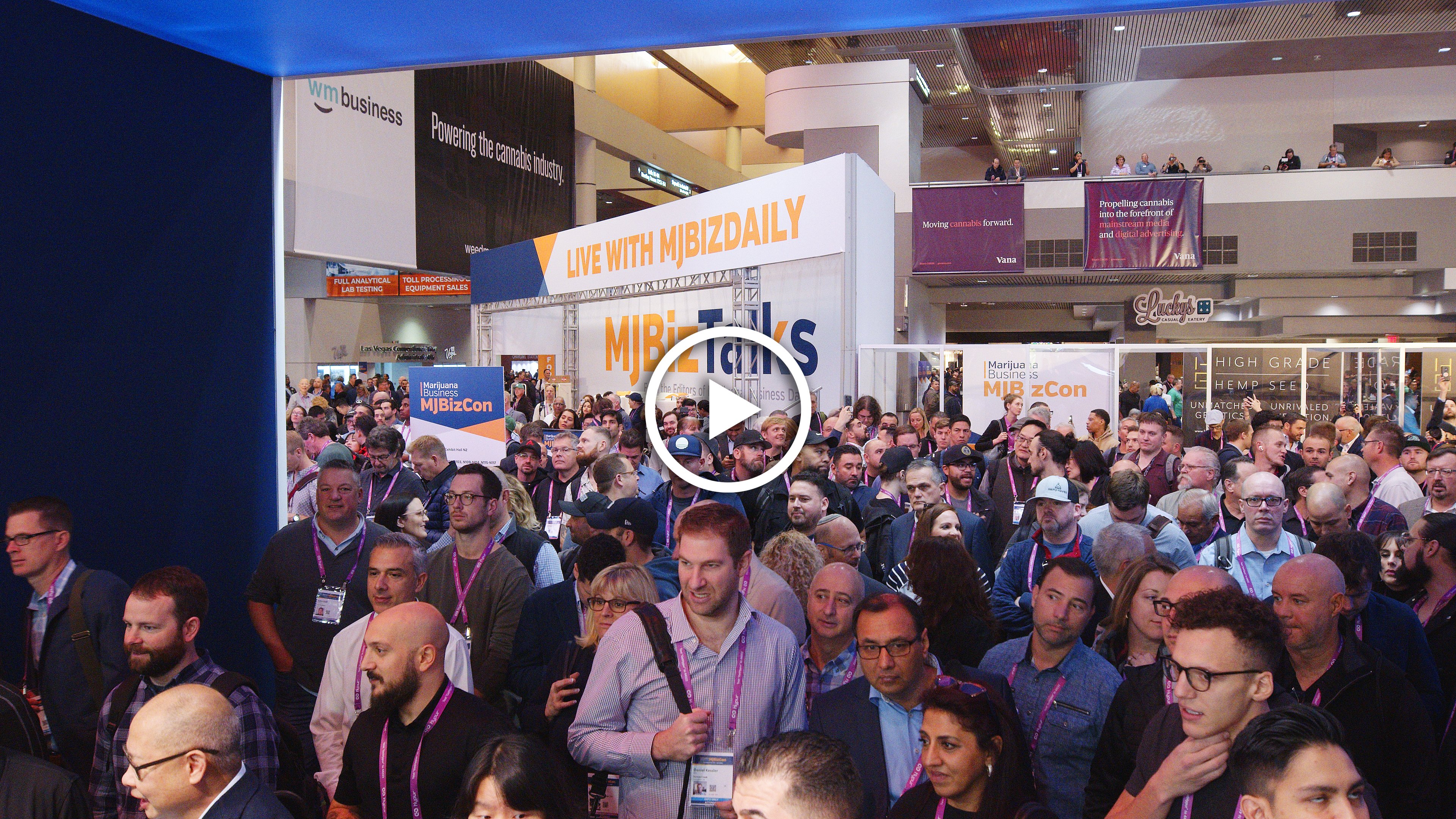MJBizCon Show Recap
Last month, the talented team at Growlink convened in Las Vegas for the most significant cannabis show in the states. Organized by the editors of...
2 min read
Joshua Litton
:
Jun 23, 2023 12:40:29 PM

Will AI Replace Farmers?
Smart farming technology has come a long way over the years. From the advent of irrigation systems to the development of precision agriculture tools, technology has revolutionized the farming industry. Today, the focus is shifting towards integrating Artificial Intelligence (AI) and the Internet of Things (IoT) in greenhouse operations. By harnessing the power of AI and IoT, greenhouse and controlled environment agriculture (CEA) operations can improve resource efficiency, optimize crop yields, and reduce waste. But, as with any new technology, there is often a fear of the unknown. In this blog post, we will dive deeper into how IoT and AI can positively impact the farming industry and why it should be viewed as a tool, not a threat.

Improving Resource Efficiency
One of the most significant advantages of incorporating IoT and AI in greenhouse operations is its ability to improve resource efficiency. IoT sensors can be installed in different areas of the greenhouse, allowing growers to monitor and optimize variables such as temperature, humidity, CO2 levels, and soil moisture. All of this data can be analyzed by AI algorithms to provide real-time insights on how to optimize crop performance and reduce energy and resource waste.
Enhanced Crop Yield
AI-powered systems can also enhance crop yield by identifying ideal growing conditions for each crop. By analyzing data from sensors and historical crop data, AI algorithms can generate insights about what crops grow best in certain lighting conditions, soil types, and temperatures. What's more, AI-powered machines can recognize and eliminate plant diseases before they spread, reducing crop damages and boosting yields.
Reducing Waste
Greenhouse operations must always work to minimize wastage. By leveraging IoT and AI technology, food waste can be reduced significantly. Microsensors placed on each plant can calculate each plant's nutritional level, processing it to an AI algorithm that will decide the right quantity and composition of nutrients that each plant needs. Thus, ensuring your greenhouse only uses the resources it needs to produce a bumper crop.
Controlling Greenhouse Hardware
The fourth advantage of incorporating AI and IoT into greenhouse operations is increased control and monitoring. For instance, with sensors installed across the greenhouse, the grower can detect water leaks and open windows. A program enabled with AI capabilities can aid in predicting plant growth, thus streamlining the entire production process.
AI As a Tool, Not a Replacement
Pioneering in the integration of AI and IoT may prompt concerns among farmers, operation managers, and investors. As with any new technology, it's vital to develop trust in IoT and AI, considering them as tools and integral components of future agricultural practices. The reliability and predictability of AI technology can intrinsically improve the accuracy of greenhouse crop production, ensuring a sustainable and profitable operation.
Bringing IoT and AI into the greenhouse can revolutionize the agriculture industry and boost productivity while being environmentally conscious. With better control over farming variables, increased crop yields, minimized waste, and efficient use of resources - growers can achieve unprecedented business outcomes. It’s essential, however, that farmers and other stakeholders handle the adaptation of IoT and AI as a tool, setting up clear protocols and processes, and taking fact-based decisions to achieve maximum benefits. After all, trust is the blood that runs through the veins of every operation, and IoT and AI in greenhouse operations will only advance if growers trust them enough to become deeply involved in their consistent use.
Want to go deeper on the topic of greenhouse management with IoT and AI? Download the free Smart Farming eBook here:


Last month, the talented team at Growlink convened in Las Vegas for the most significant cannabis show in the states. Organized by the editors of...

Agtech has had a profound impact on the agricultural landscape. As a blanket term, "agtech" has been used to describe a host of innovations...

Sustainability in farming is about more than saving precious resources like water; it's about creating a growing environment that takes the guesswork...